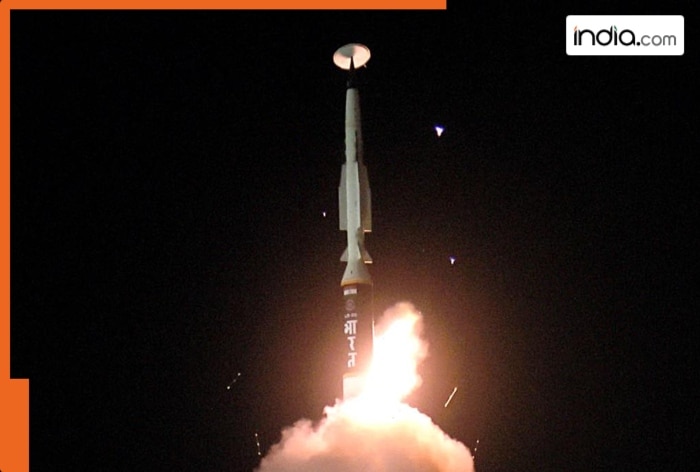 |
|
India has significantly bolstered its defense capabilities with the successful testing of its first indigenously developed long-range hypersonic missile. This achievement, announced on November 16th, 2024, marks a pivotal moment in India's military modernization and positions it among an elite group of nations possessing this advanced technology. The missile, capable of carrying various payloads over ranges exceeding 1,500 kilometers, has been aptly dubbed the 'Carrier Killer of India,' owing to its potential to neutralize enemy aircraft carriers. This capability represents a significant counterweight to similar technologies possessed by nations like China, specifically their DF-21D missile. The successful flight trial, conducted from Dr. APJ Abdul Kalam Island off the coast of Odisha, involved meticulous tracking by multiple range systems, verifying the missile's terminal maneuvers and achieving a high degree of accuracy upon impact. This precision is a testament to the advanced technology employed in its design and development.
The development of this hypersonic missile is a triumph of India's indigenous defense research and development efforts. The Defence Research and Development Organisation (DRDO), along with various other laboratories and industry partners, played a crucial role in bringing this project to fruition. This indigenous development is not just a technological feat but also a statement of India's growing self-reliance in its defense sector, reducing dependence on foreign technology and bolstering national security. The involvement of the Armed Forces in the flight trial underscores the strategic importance of this weapon system and its integration into India's overall defense strategy. The successful test has been hailed as a historic achievement by Defence Minister Rajnath Singh, who lauded the efforts of the DRDO, Armed Forces, and industry partners.
The strategic implications of India's hypersonic missile are far-reaching. Its ability to manoeuvre mid-flight, coupled with its hypersonic speed (exceeding Mach 5), makes it extremely difficult, if not impossible, to intercept. This characteristic, combined with its ability to operate at altitudes below typical radar detection thresholds, renders it a potent deterrent against potential adversaries. The missile's range extends far enough to place vast swathes of territory belonging to both China and Pakistan within striking distance, significantly enhancing India's strategic deterrence capabilities. The successful test has placed India alongside the United States, Russia, and China as one of the few nations possessing this cutting-edge military technology, further solidifying its position on the global stage.
Beyond the immediate military implications, the development of this hypersonic missile has profound implications for India's geopolitical standing. It signals a shift in the regional power balance and strengthens India's position in deterring potential aggression. The technological prowess displayed by the DRDO and its partners further strengthens India's credibility as a major player in the global defense industry. This achievement also underlines the importance of continued investment in research and development within the defense sector. The successful test provides a major boost to national pride and serves as a testament to the capabilities of Indian scientists and engineers. The implications extend beyond simple military applications; they represent a significant advancement in material science, propulsion systems, and guidance technologies, all of which have potential applications in other fields.
The development of India's hypersonic missile is not merely a military advancement but a symbol of national progress and technological achievement. The project highlights the importance of sustained investment in research and development, collaboration between government agencies and private industry, and the cultivation of a highly skilled workforce. Looking ahead, the successful testing of this missile paves the way for future advancements in hypersonic technology, ensuring that India maintains a leading edge in defense capabilities. This accomplishment underscores India's commitment to safeguarding its national interests and its emergence as a major player in the global geopolitical landscape. The 'Carrier Killer of India' is more than just a weapon; it is a testament to India's growing technological might and its determination to secure its future.
Source: ‘Carrier Killer Of India’ is a BAD news for China and Pakistan, it is..
